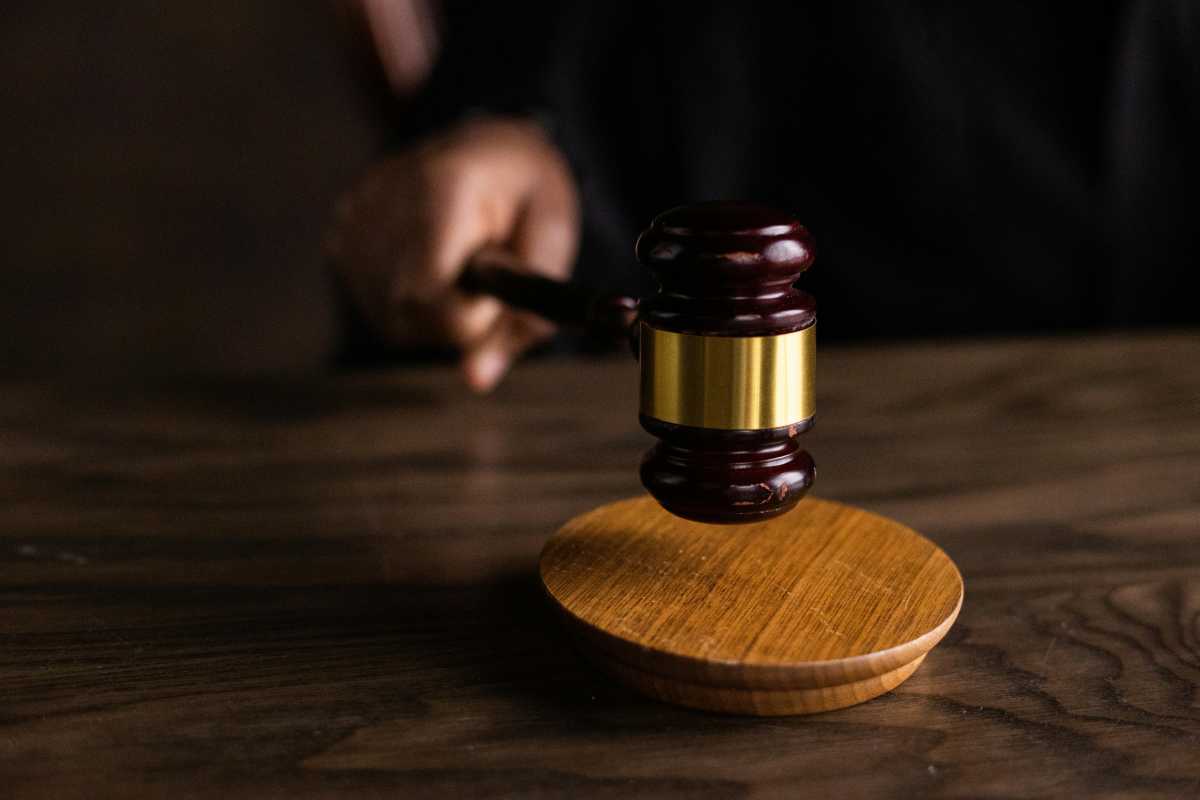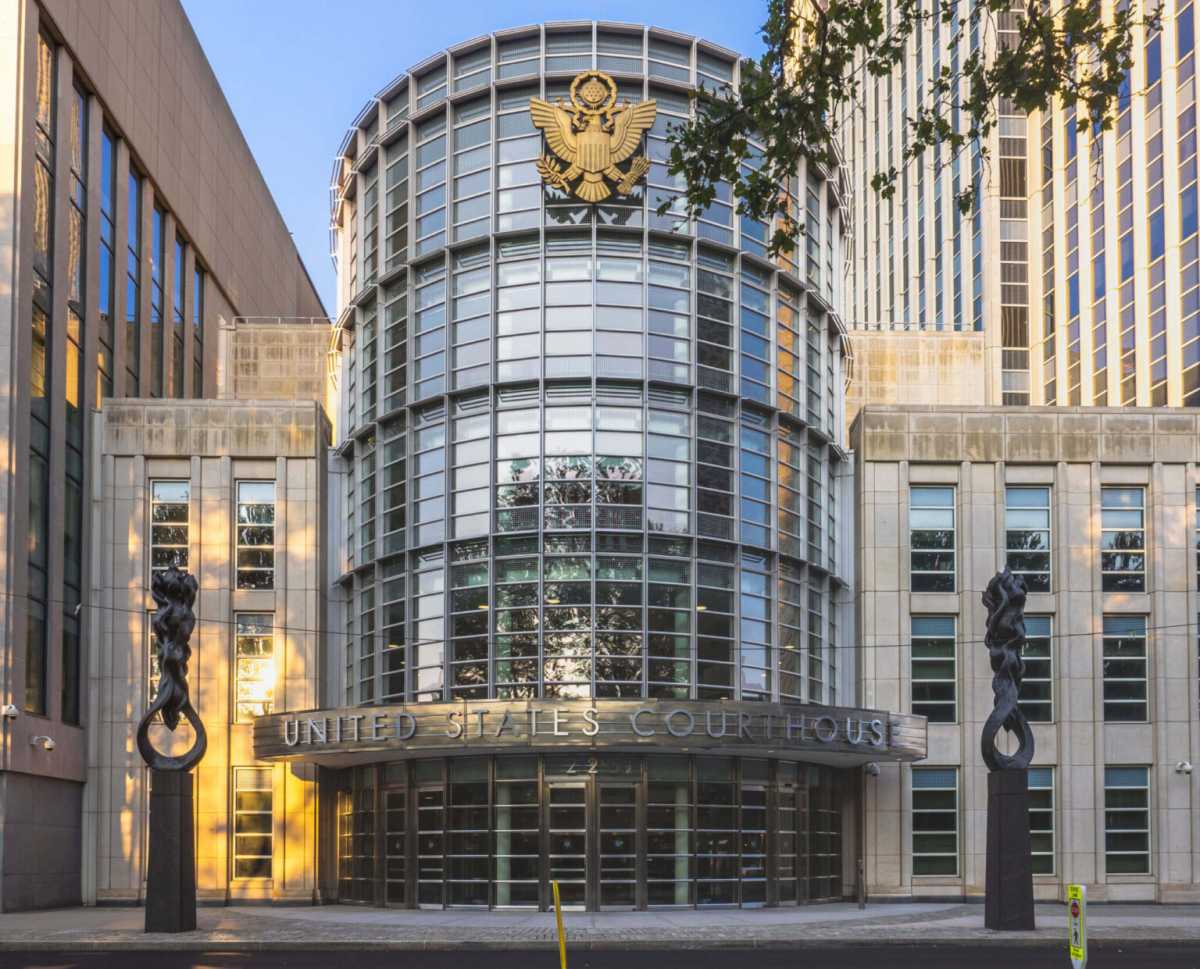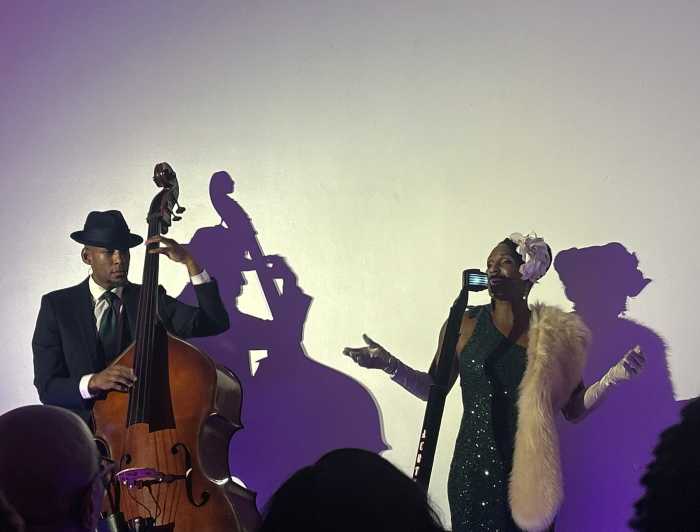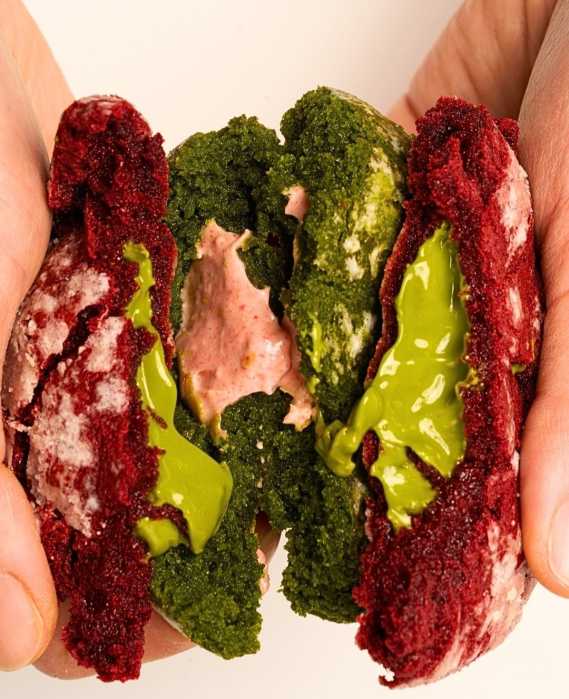Chinatown blame
To The Editor:
We agree with many of the general sentiments presented by Amy Chin in her Progress Report on Chinatown (Nov. 18 – 24, Progress Report, “Chinatown begins to build on the unity that came after 9/11). There has been considerable effort by local residents and organizations to address the problems caused by 9/11. The Chinatown Partnership does represent an excellent opportunity to unite and empower Chinatown and move it forward to meet the challenges that lie ahead.
Disturbing though is the suggestion that Chinatown’s post-9/11 problems were somehow due to its “insular nature.” Chinatown’s post-9/11 problems can almost exclusively be traced back to access or the lack of it. Street closures and the resulting inability to make and take deliveries for months after 9/11 caused many businesses, especially our garment factories, to close or to move out of Chinatown. To say that something innately cultural to Chinatown has prevented recovery essentially “blames the victim” and, more importantly, deflects attention away from the root causes of Chinatown’s problems.
Nearly as disturbing is Amy’s advice on the LowerManhattan.info Web site that tells visitors that, because of our horse and buggy streets, visitors’ cars should be left “on the far sides of bridges and tunnels, or near subway stations uptown”. We checked the Web site of the Downtown Alliance, and nowhere do they advocate that visitors “leave their cars home” when visiting Lower Manhattan. Nor do we hear businesses in Tribeca advertising their streets as “car unfriendly.” The LowerManhattan.info Web site does additionally suggest that commuters either carpool or consider mass transit — appropriate advice directed at commuters since a recent report issued by Transportation Alternatives found that as of the 2000 Census, nearly half of all government employees in Lower Manhattan commute to work by car. The number has surely risen since 9/11. The Chinatown Partnership would do better to concentrate on solving the problem of illegal placard parking that blocks our fire hydrants and fire lanes, blocks disabled access to M.T.A. buses, and takes street parking spaces away from Lower Manhattan’s local residents and businesses.
As active participants in the Rebuild Chinatown Initiative’s surveys and forums over the past four years, we realize that R.C.I.’s groundbreaking post-9/11 Chinatown survey was a major step in identifying important issues for Chinatown. The Chinatown Partnership represents an excellent opportunity for uniting the residents and businesses of Chinatown behind a common goal of renaissance. But we remind R.C.I. and the Chinatown Partnership that when we participated in the survey, we did not appoint R.C.I. to represent us in resolving the issues that were identified. We hope and expect that R.C.I. and the Chinatown Partnership will continue to work with us and other local residents to first accurately identify and then address the root problems that face the local residents and businesses of Chinatown and Lower Manhattan.
Danny Chen, Jeanie Chin, John Ost and Jan Lee
Thousands of heroes
To The Editor:
I could not help myself and comment about the article from Michael Burke (Letters, Nov. 25 – Dec. 1, “Questioning the state and Express”) where he points out, “what about the victims” when he expresses his thoughts about the construction of the 9/11 memorial of heroes. Are the relatives of those thousands that perished trapped above the impact zones supposed to say kudos to him? Roll back the tape, who was a victim and who was a hero? In case he wasn’t looking, the 9/11 memorial may use the word “hero” but the term isn’t exclusive to any one group, and wasn’t intended to separate the thousands who perished.
Barry Zelman
Brother of Kenneth Zelman, killed on the 99th floor of the North Tower Sept. 11, 2001.
Yankee’s animals?
To The Editor:
Re “Trust threatens to cut power as Yankee digs in spikes” (November 18 – 24):
What about the Yankee Ferry’s animals?
In your article on the uncertain future of the Yankee Ferry at Pier 25, I was surprised not to see any mention of the animals that live in increasingly precarious as well as wintery conditions on the ferry, docked at a pier now undergoing demolition. There is at least one dog, several chickens, and possible other animals inside the boat out of public view.
Is the fate of these animals during the move not considered by your paper to be as important as the future of the boat, not something your readers also very much want to know? Of course we care about the Yankee Ferry, but it is not capable of feeling fear or loneliness or suffering injury or pain. Shouldn’t these animals be relocated off of the Yankee Ferry during demolition work, or at least until the situation of the boat is stable again? Shouldn’t you have included the question of these animals’ safety and future welfare in the story you published?
Laurie Spiegel
Editor’s Note: Yankee owner Richard MacKenzie-Childs tells us he will be taking the ship’s four chickens, two dogs, four puppies, and one cat with him when the ship is tugged to New Jersey this week. He is scheduling a time to transfer the puppies to their new owners. He and his wife Victoria own a house in Upstate New York that can accommodate the remaining animals when the ship goes in for repairs.
Send your
Letter
to the Editor
487 Greenwich St. Suite 6A, NYC, NY 10013
Please include your phone number for confirmation purposes only
google_ad_client = “pub-6226499064891091”;
google_ad_width = 468;
google_ad_height = 60;
google_ad_format = “468x60_as”;
google_ad_channel =”0606561524″;
google_color_border = “336699”;
google_color_bg = “FFFFFF”;
google_color_link = “0000FF”;
google_color_url = “008000”;
google_color_text = “000000”;
//–>
src=”https://pagead2.googlesyndication.com/pagead/show_ads.js”>
WWW Downtown Express
































